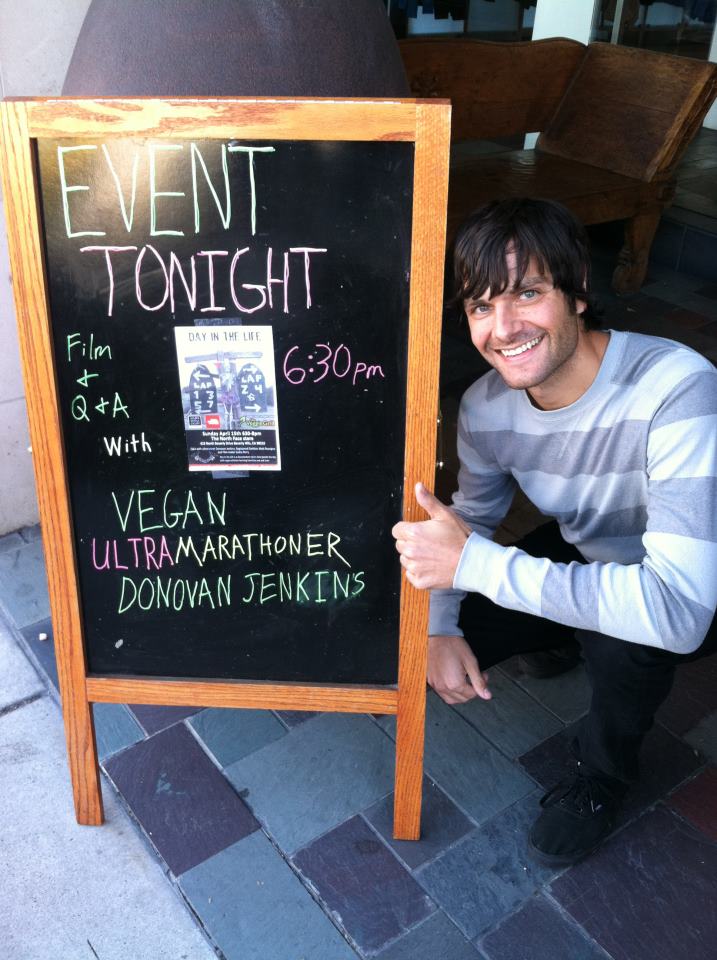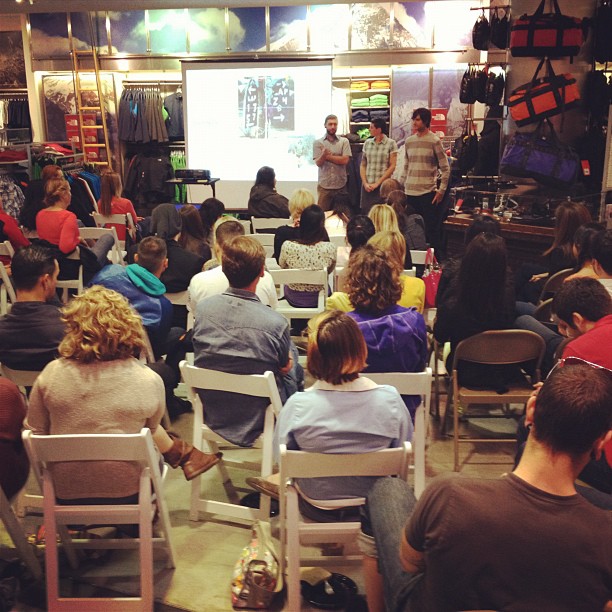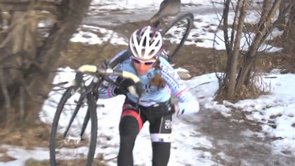Our Day in the Life series continues with another Boulder-based athlete, Megan Hebbe. Megan takes us cross-country skiing, where I proceed to make a fool of myself! Megan does mega mileage and takes her training very seriously, but still manages to have fun with it. She even put up with me crashing all over the mountain. See for yourself in this fun episode:
http://vimeo.com/42388340
Megan’s Tips for High Mileage Running
Wear the right shoes! Very important because you are spending A LOT of time on your feet! Work in recovery weeks. The “graph” should look like a mountain range, not just a straight linear progression. Increase for 2-3 weeks then take a recovery week. Focus on either increasing mileage OR increasing speed, not both at the same time. Ideally, the off-season is spent building up base and then you start adding speed work.
Make time. I am a morning person, so I like waking up at 5am or even 4am to get my run in. Second runs of the day can be done during lunch or after work. Thirty minutes is a great length for recovery, just enough to get circulation going, but not a significant time drain. Mentally it’s nice to do a chilled out pace. “Oh, 75-year-old dude is passing me? Whatevs, I’m on mile 12 of the day!”
Sleep and recover. I have my protein drink right after every run and because I get up early I go to bed early. If my body wants a nap, I work it in. Listening to one’s body is crucial. Rest is the most overlooked, crucial aspects of training. Epsom salt baths and ice baths are also great for recovery.
Speed work. Only really necessary immediately before and during race season. Once race season really gets into swing, most races are your speed work!
Self massage. Tennis ball, plantar fascia ball, softball, foam roller and massage stick all work wonders.
The major thing is loving it enough to be really dedicated! Like many coaches say, social life, career/school and training are a triad. One can either be okay at all three or do really well at two. The third thing suffers, which is often social life. You have to be okay with that.
Megan’s Gluten-Free Lavender Cookies
These gluten-free cookies are a fun way to get those extra calories for those extra miles.
1.5 cups rice flour
0.5 cup coconut oil or margarine
0.5 cups sweetener like coconut palm or other minimally processed sugars
1 tablespoon lavender flowers
Replace one egg with commercial egg replacer, ground flax seeds or chia gel
Optional: 1 tablespoon lavender flowers for decoration
Preheat oven to 350 degrees. Grease cookie sheets.
Cream together the margarine and sweetener. Blend egg replacer into the mixture. Stir in the lavender flowers and the rice flour. Drop batter by teaspoonfuls on to cookie sheet.
Bake till golden, about 15 minutes. Remove cookies and decorate with additional lavender flowers, if desired.
Consume happily!
Thanks to Megan for getting me on skis for the first time in my life! Lastly, if you want to know more about iron for vegetarians, check out this post I wrote for No Meat Athlete. Thanks for watching and let me know how these cookies turn out!





